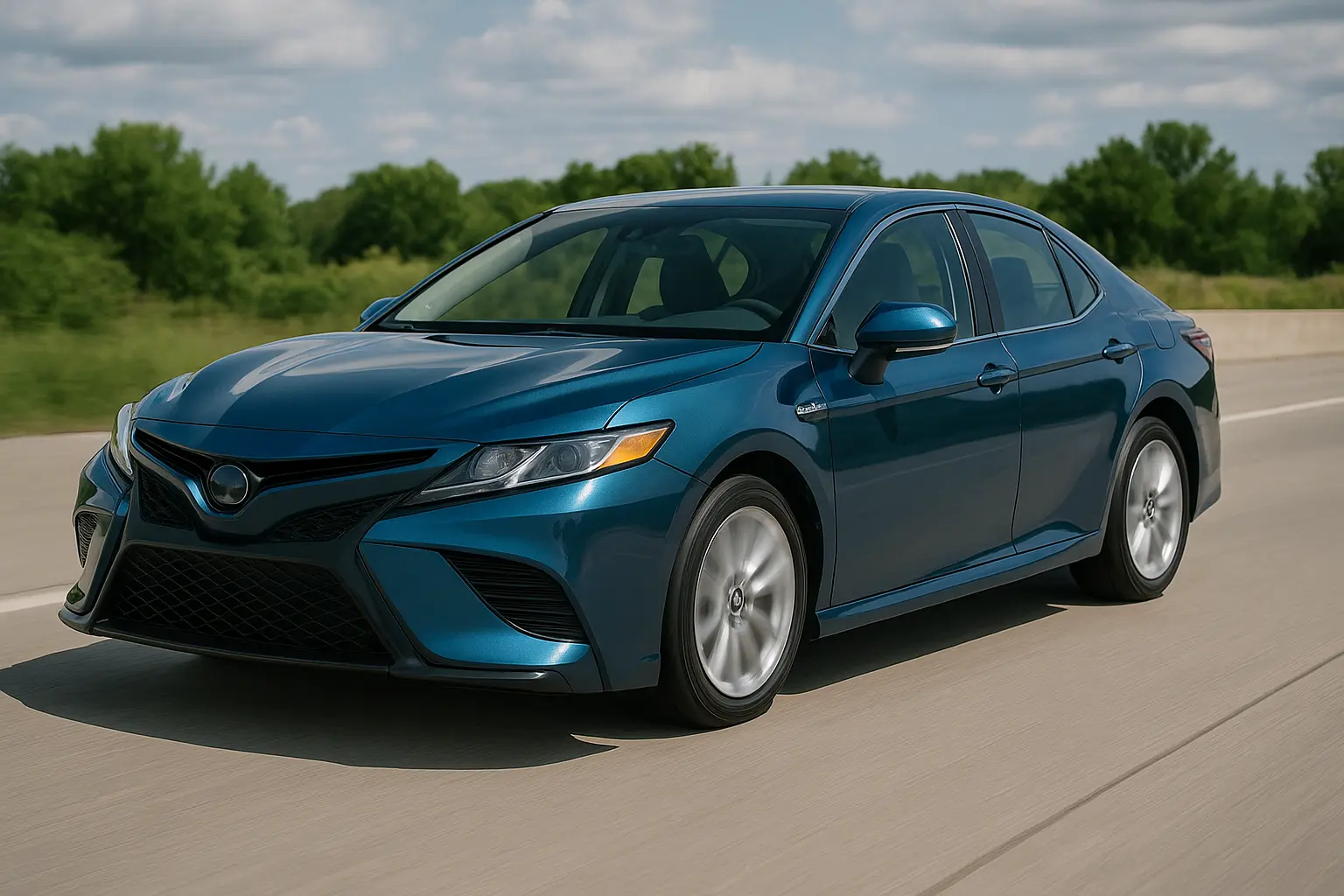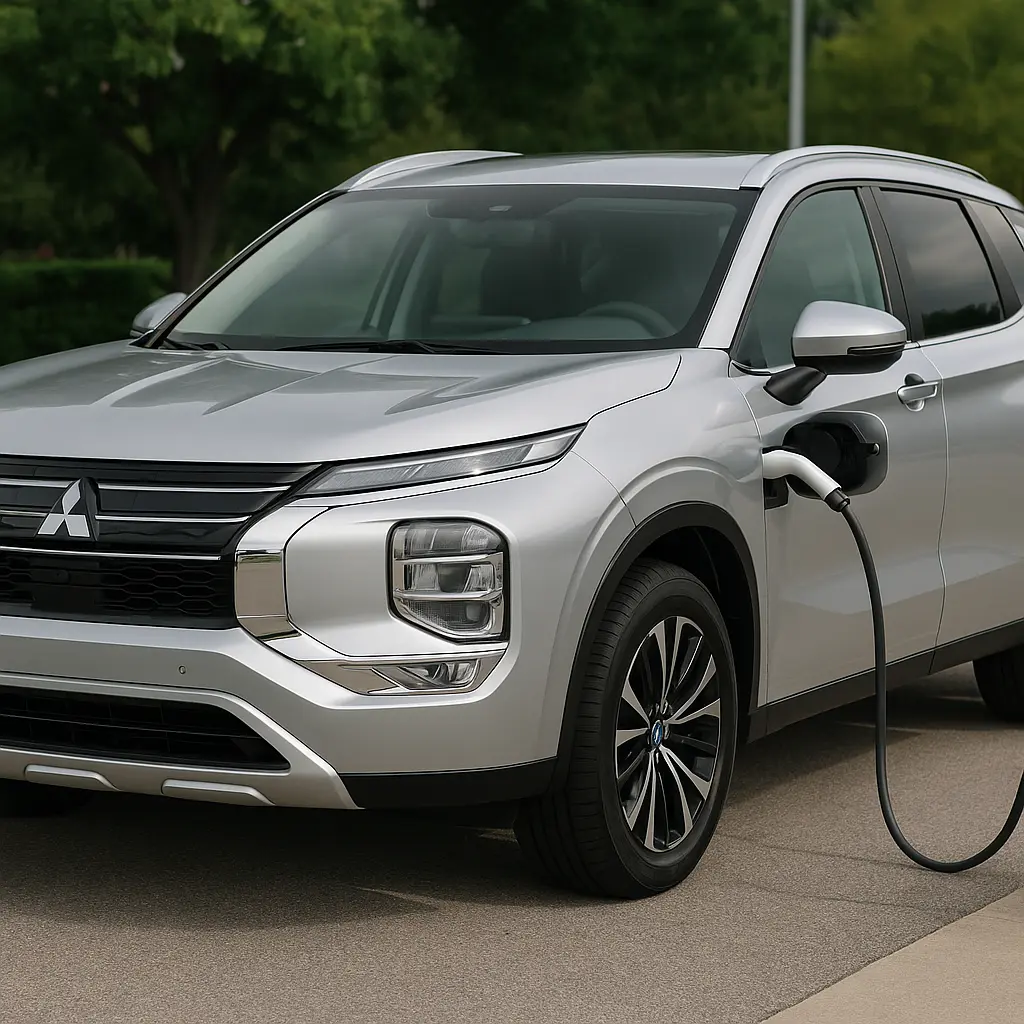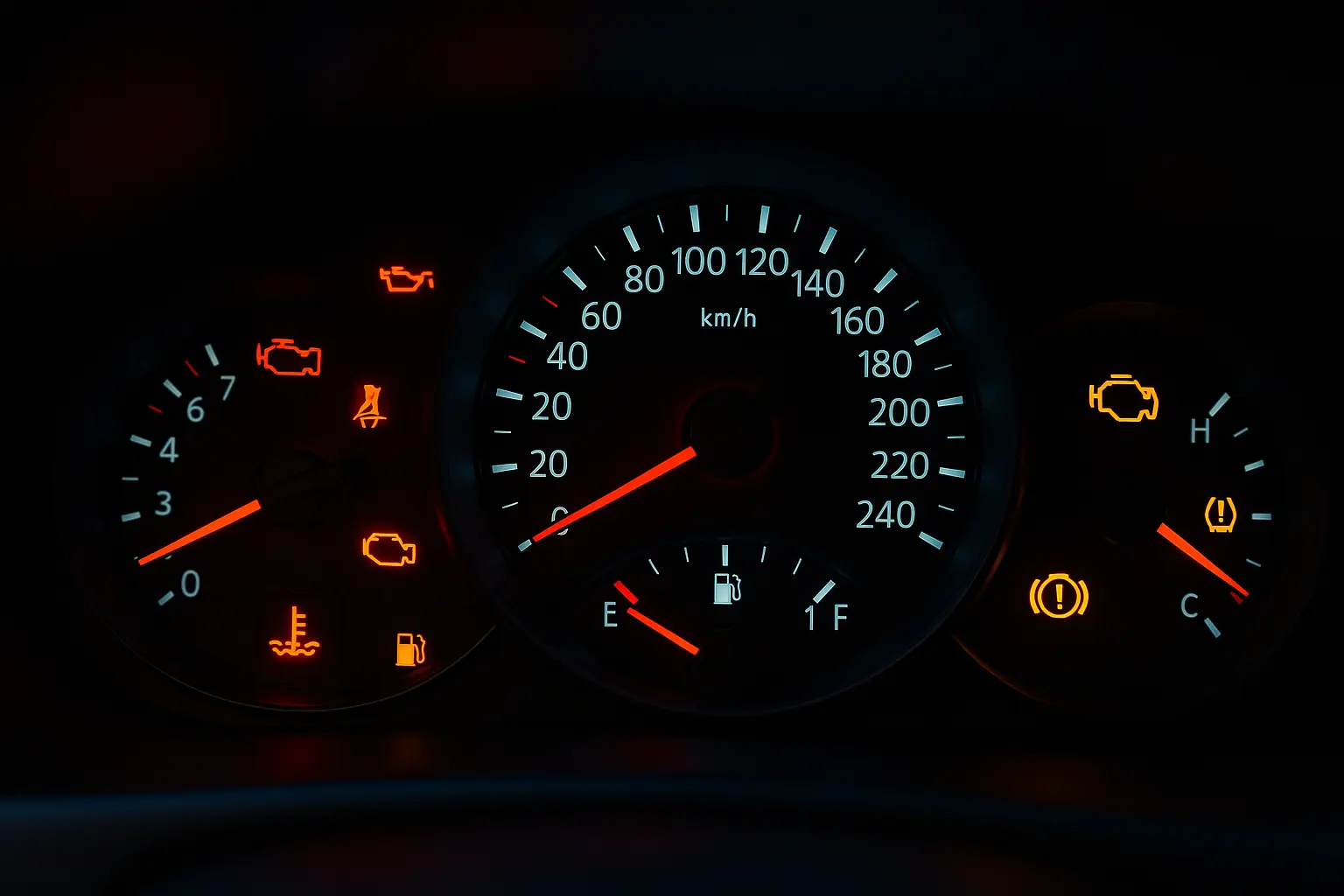Should You Still Consider a Plug-In Hybrid in 2025?

In 2025, the automotive landscape in Australia continues to shift rapidly toward electrification. With fully electric vehicles (EVs) dominating headlines, one critical question remains for many Aussie car buyers: Should you still consider a plug-in hybrid electric vehicle (PHEV)?
This comprehensive guide breaks down everything you need to know about plug-in hybrids in 2025, how they compare to EVs, and whether they still make sense for your lifestyle, budget, and driving habits in Australia.
Table of Contents
What Is a Plug-In Hybrid?
Evolution of PHEVs: Where Are We in 2025?
PHEVs vs EVs: Key Comparisons
Advantages of Plug-In Hybrids in Australia
Limitations of PHEVs in Today’s Market
Battery and Charging Considerations
Costs: Upfront vs Running Expenses
Best Plug-In Hybrids in Australia 2025
Are PHEVs Future-Proof?
Who Should Buy a PHEV in 2025?
What Experts Say: Industry Outlook
Final Verdict: Are PHEVs Still Worth It?
FAQs About Plug-In Hybrids
1. What Is a Plug-In Hybrid?
A Plug-In Hybrid Electric Vehicle (PHEV) is a car that combines a petrol engine with an electric motor and a rechargeable battery. Unlike traditional hybrids, PHEVs can be plugged into a charging station to operate in full-electric mode for short distances (typically 40–80 km).
PHEVs aim to give drivers the best of both worlds:
EV-like driving in urban settings
Internal combustion reliability for long trips
2. Evolution of PHEVs: Where Are We in 2025?
The Australian PHEV market has evolved substantially over the past five years. In 2025, we see:
Longer EV-only range (some models exceed 100 km)
Faster charging capability
Broader vehicle selection, including SUVs, sedans, and even utes
More integration with smart home energy systems
Sales of PHEVs saw a surge between 2020–2023, driven by fuel price concerns and early EV range anxiety. However, with EV infrastructure rapidly improving and battery prices falling, PHEVs are now at a crossroads.
3. PHEVs vs EVs: Key Comparisons
| Feature | PHEVs | EVs |
|---|---|---|
| Driving Range | 40–100 km electric + petrol | 350–600+ km electric |
| Refuelling | Petrol station + plug-in | Plug-in only |
| Fuel Cost | Low (electric) to moderate | Lowest (fully electric) |
| Emissions | Low (short trips) | Zero tailpipe emissions |
| Upfront Cost | Lower than EVs (typically) | Higher but narrowing in 2025 |
| Maintenance | More complex (dual systems) | Fewer moving parts, less servicing |
| Ideal Use Case | Mixed driving | Mostly city/highway with chargers |
4. Advantages of Plug-In Hybrids in Australia
✅ No Range Anxiety
With petrol backup, you don’t have to worry about running out of charge on a long road trip, especially in remote regions of Australia.
✅ Electric Commutes, Petrol Backups
For city dwellers with short daily drives (under 60 km), a PHEV can function like an EV most of the time.
✅ Lower Emissions Than ICE
If charged regularly, a PHEV can reduce CO₂ emissions by over 50% compared to a standard petrol car.
✅ Tax Incentives (Still Available)
Some states still offer EV-like benefits for PHEVs, such as:
Lower rego in NSW and VIC
Fringe Benefits Tax (FBT) savings for eligible models
✅ Perfect Transition for EV Hesitants
If you’re not fully ready for a pure EV—either due to price, charging setup, or infrastructure—a PHEV offers a transitional step.
5. Limitations of PHEVs in Today’s Market
Despite their appeal, PHEVs come with some challenges:
❌ Higher Complexity
You’re essentially managing two powertrains—an electric system and a petrol engine—making servicing more complex.
❌ Charging Discipline Required
If you don’t regularly plug in your PHEV, you're essentially driving a heavier, less efficient petrol car.
❌ Smaller Boot Space
Batteries often sit beneath the boot, reducing cargo space—something to consider for families or SUV buyers.
❌ Lower Resale Value
With EV adoption accelerating, there are concerns that PHEVs could face quicker depreciation compared to pure EVs or ICE cars.
6. Battery and Charging Considerations
In 2025, most PHEVs offer:
3.6 kW onboard AC charging
5–7 hours charging on a regular wall socket
No DC fast charging (unlike most EVs)
Public charging infrastructure in Australia prioritises fast chargers for EVs, meaning PHEV users may need to rely more on home charging setups.
Battery life is generally strong—many PHEVs come with 8-year warranties for the battery pack.
7. Costs: Upfront vs Running Expenses
🔹 Upfront Cost
PHEVs are typically $5,000–$10,000 cheaper than their full-EV counterparts in the same category.
🔹 Running Cost
Electricity: ~$0.15/km (depending on off-peak rates)
Petrol (when needed): More expensive than EV, cheaper than ICE-only vehicles
Servicing: More than EV, less than traditional ICE over the long run
8. Best Plug-In Hybrids in Australia 2025
Here are the top PHEVs available in Australia this year:
🔸 2025 Mitsubishi Outlander PHEV
Up to 84 km EV range
AWD available
Strong family SUV option
🔸 2025 Toyota RAV4 PHEV (Prime)
Awaited for Aussie release
Around 75 km electric range
Toyota reliability, hybrid efficiency
🔸 2025 Kia Sorento PHEV
7-seater with 68 km electric range
Premium feel and safety tech
🔸 2025 MG HS Plus EV
Budget-friendly option
Approx. 63 km electric range
Great value under $50k
🔸 2025 Volvo XC60 Recharge
Luxury PHEV SUV
85+ km electric range
Scandinavian comfort and tech
9. Are PHEVs Future-Proof?
This is the big question in 2025.
The Good:
Government incentives still exist
Technology is improving
Charging infrastructure is growing (slowly in rural areas)
The Bad:
Many carmakers (e.g., Tesla, Polestar, BYD) are skipping PHEVs entirely
Europe plans to phase out new PHEVs by 2035
Australia’s policy focus is shifting to BEVs
In short, PHEVs may have a 5–10 year relevance window before EV infrastructure and price parity render them obsolete.
10. Who Should Buy a PHEV in 2025?
You might benefit from a PHEV if:
Your daily commute is under 50–60 km
You don’t have access to fast charging regularly
You take occasional long trips
You want a taste of EV driving but aren’t ready to commit
It’s not ideal if:
You rarely charge your car
You want ultra-low maintenance
You want future-proof tech with no fossil fuel dependency
11. What Experts Say: Industry Outlook
🔹 Car Manufacturers:
Hyundai, Kia, and Mitsubishi continue supporting PHEV lines
Toyota and Mazda are cautiously expanding their plug-in hybrid range
🔹 Analysts:
BloombergNEF predicts PHEV sales to decline after 2027
The real EV wave is expected between 2025–2030
🔹 Government Direction:
Incentives favour BEVs
Future emissions targets may penalise dual-drivetrain vehicles
12. Final Verdict: Are PHEVs Still Worth It?
Yes—But Only for the Right Buyer.
In 2025, PHEVs remain a smart choice for a specific segment of Aussie drivers:
Those not fully ready for EVs
Regional drivers without reliable charging
Commuters with regular short trips
But if you’re already equipped for full EV ownership, many of the benefits of a PHEV are outweighed by the simplicity and running costs of battery-electric vehicles.
As we move further into the decade, the PHEV will likely become a stepping stone rather than a long-term solution.
13. FAQs About Plug-In Hybrids
Q: Can I drive a PHEV without ever charging it?
Yes, but that defeats its purpose and leads to higher fuel consumption.
Q: Do PHEVs qualify for EV incentives in Australia?
Some do—especially those under luxury car tax (LCT) thresholds and used for fleet/FBT exemptions.
Q: Are PHEVs good for towing?
Only some models—like the Outlander PHEV or Sorento PHEV—offer decent towing capacity.
Q: What happens when the battery runs out?
The car automatically switches to petrol-hybrid mode and drives like a regular hybrid.
If you're considering a plug-in hybrid in 2025, do your homework. Review your driving patterns, budget, and long-term plans. In many ways, the PHEV is still a great compromise between past and future mobility—as long as you know what you're signing up for.
Leave a comment
Your email address will not be published. Required fields are marked *




















